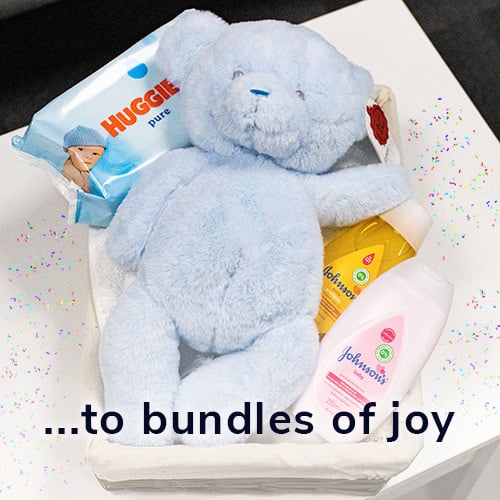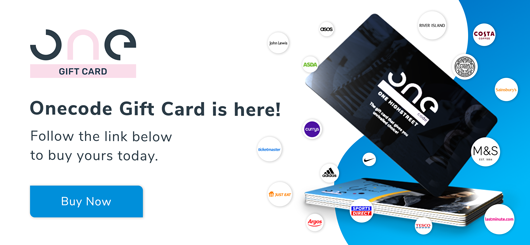How to Perfect the
Art of Saying Sorry
Christmas 2023 order cut off details, click here.
Final gift orders for Christmas will be taken before 4pm on 21st December. For Highlands and Islands, we advise placing final orders by 19th December.
Final voucher orders will be taken before 2pm on 20th December. For Highlands and Islands, we advise placing final orders by 19th December.
Final onecode digital orders will be taken before 2pm on 22nd December. Final onecode physical gift cards will be taken before 2pm on 20th December










 Home
Home Hampers
Hampers  Flowers
Flowers  Gifting
Gifting  Speciality
Speciality  Gift Cards
Gift Cards
